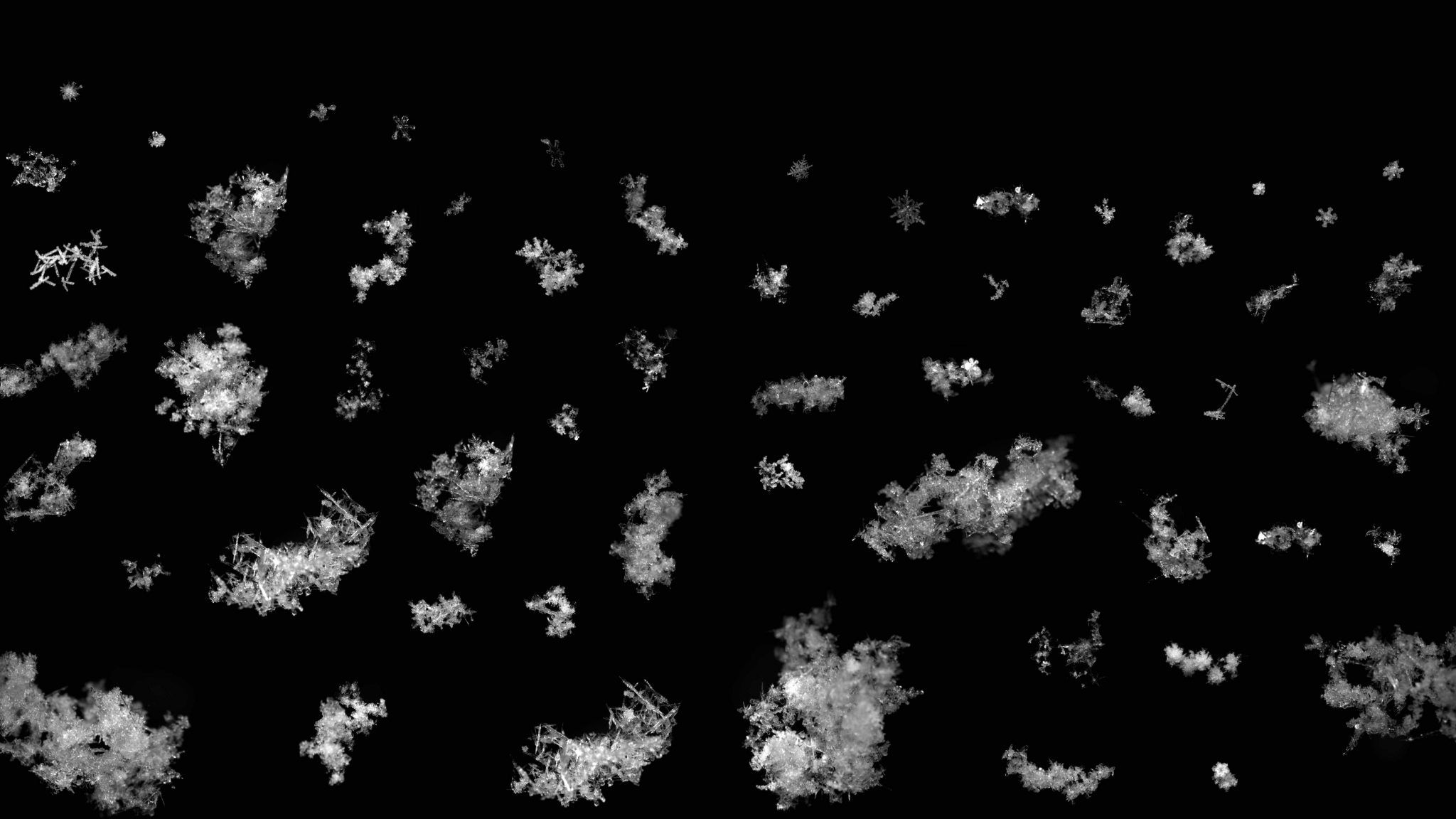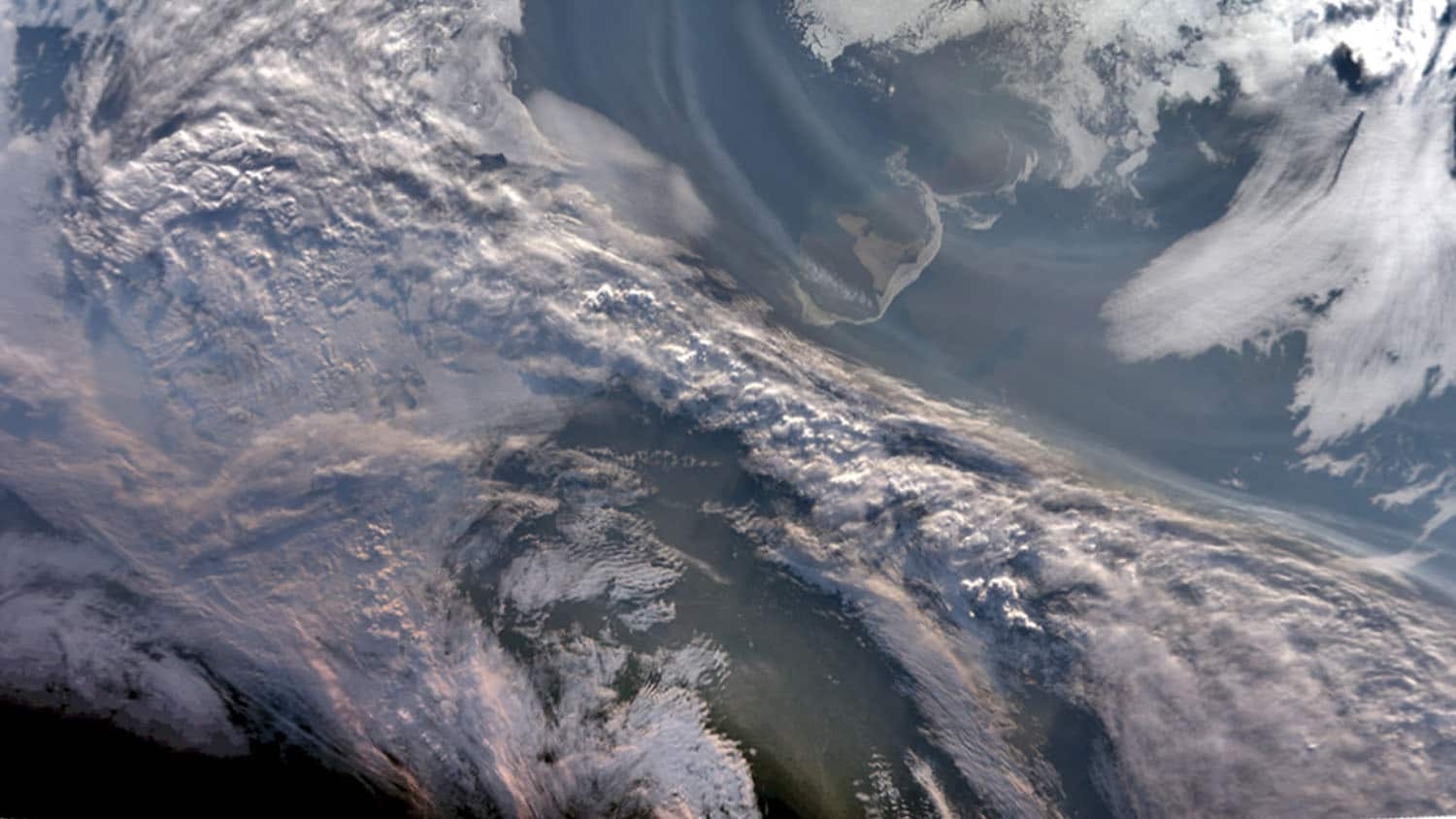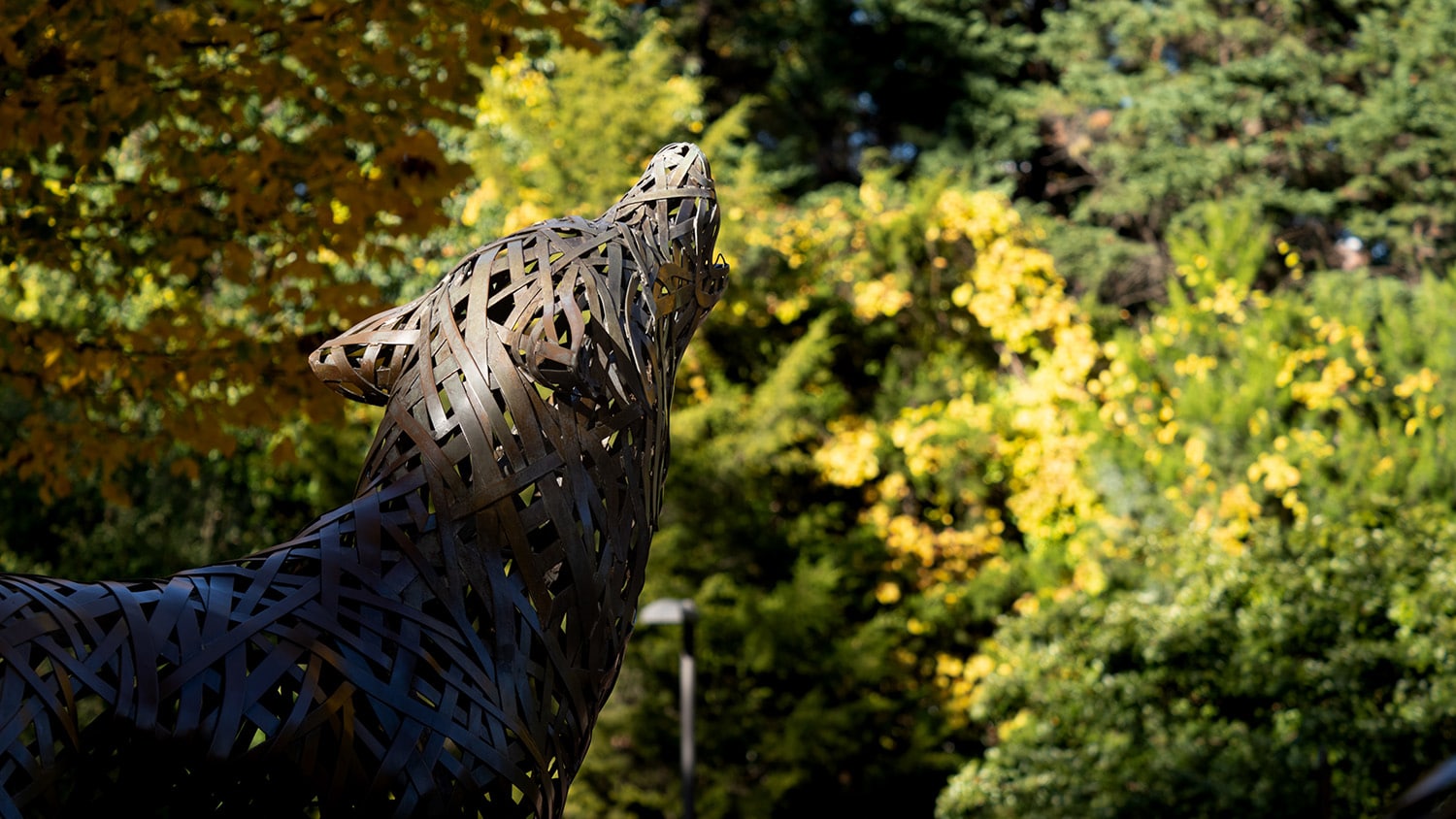Quiz: Do You Know Snow?

You may think snow is a delightful diversion — or an icy inconvenience — but the science behind it is complex. NC State scientists like Sandra Yuter are studying everything from the dynamics of large snowstorms to the appearance and fall rates of individual snowflakes.
Take this quiz to find out what you know about snow.
What is the highest one-day snowfall total reported in Raleigh?
17.9 inches. According to the North Carolina Climate Office, 17.9 inches of snow were recorded at the RDU airport weather station on January 25, 2000, during a storm that dropped more than 20 inches of snow in some parts of the Triangle.
How many sides (or points) do individual snow crystals typically have?
6. Snow crystals form when water molecules in ice crystals bond together. The most efficient way for these chemical bonds to form is in a hexagonal shape.
Snow is not white.
True. Snow is actually translucent; light is refracted within the ice crystal and reflected off its surface, making it appear white.
This type of frozen precipitation is created when small, supercooled water droplets freeze onto larger snowflakes.
Graupel. This precipitation forms as snow and then is rimed (or coated) by ice as it falls to the ground. Graupel that reaches the surface is called “snow pellets.”
What was the width of the largest snowflake ever recorded?
15 inches. The Guinness World Record for largest snowflake was set in 1887 at Fort Keogh, Montana. An observer reported seeing flakes “larger than milk pans.”
The cold must have slowed you down. Brush up on your snow facts and try again.
2-3: A Few Flurries
You’ve caught a few flakes of knowledge.
4-5: Snow Pro
You brought a blizzard of insight to this exercise!
Share your Results:


